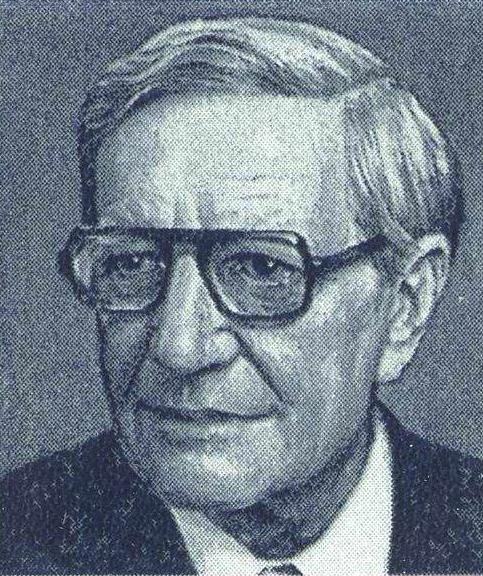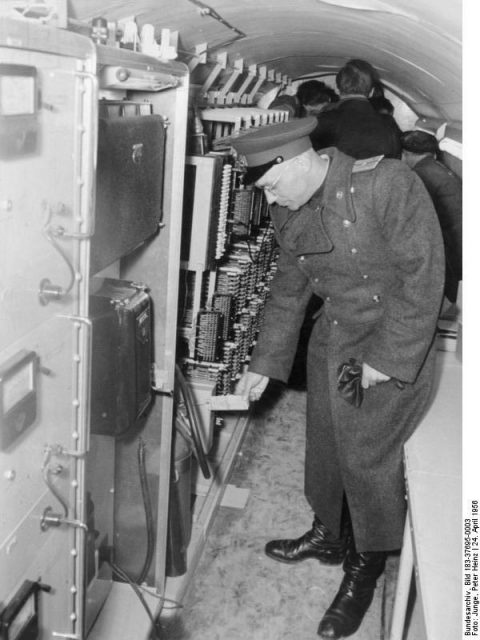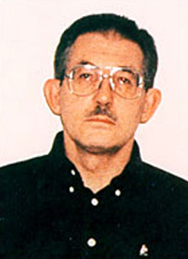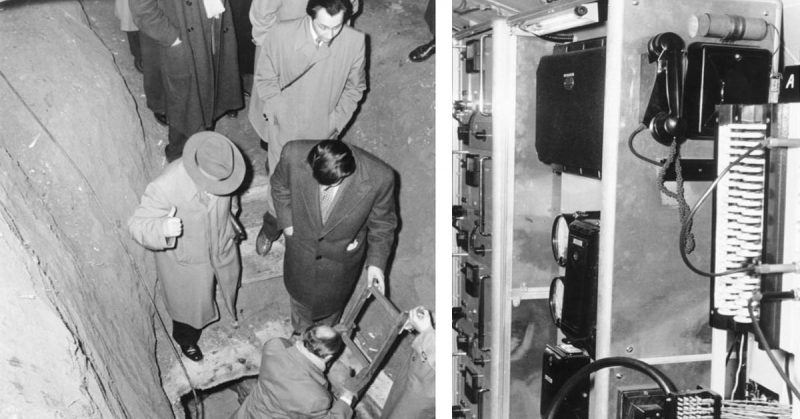“Russian Double Agent” Those three words alone evoke images of shadowy organizations engaged in clandestine intelligence dealings in far-flung locations, straight out of an Ian Fleming or John le Carre novel.
They have infiltrated the social and cultural sphere with such a force that the average person immediately thinks of high tech gadgetry, highly dramatized fights over microfiche, and a plucky hero with a smooth wit.
However, Russian double agents were very much a real fact of life during the Cold War, and their effects were widely felt at every level of the conflict. Here we give a brief introduction to three of them.

Shortly after graduating from Cambridge in the 1930s, Kim Philby started collaborating with the Soviet secret service, which also coincided with the time his work for British intelligence began. He was bright and dedicated, and there were rumors that after the end of the Second World War, he was in the running for the head of the British intelligence service. It never happened, but he did take posts that positioned him adequately to supply the USSR with sensitive intelligence.
For example, in 1947, when Philby landed as the appointed head of British intelligence in Turkey, he informed Moscow about a spy network on the USSR’s southern border. Naturally, the infiltration group was shot dead at the border by Soviet troops.
Later, in 1949, Philby was appointed the British intelligence representative in Washington D.C., which gave him access to CIA information regarding a planned coup against Enver Hoxha, the pro-Soviet Albanian leader. The Albanian commandos were shot dead, and the coup never took place.
Easily the best-known member of the infamous ‘Cambridge Five’ Soviet spy ring in the UK, Philby received the highest British and Soviet state awards, receiving the Order of the British Empire from Queen Elizabeth II in 1946 for his wartime efforts, and the Order of Lenin in 1965. He defected to Russia in 1963 and lived there until he died in 1988.
The second Russian double agent of note is George Blake. Unlike Philby, he was directly ideologically driven, believing as he did that the Soviet’s had humanity’s best interests in mind and that the United States was an evil empire, whose military machine needed to be held in check.
On his 95th birthday, he explained that the events of the Korean War had played a considerable role in his decision making, as he watched the civilian death toll rise, churned out by what he called the “American military machine.”
Blake worked for MI6 during the Second World War, but he returned to London after the Korean War and started informing the USSR about the CIA and MI6’s Operation Gold, which was a joint plan to dig a tunnel from West to East Berlin in order to spy on the landline communications of the Soviet military headquarters in East Germany.

The tunnel was completed and the tools put in place and was considered a great success. This was until the Soviets revealed they had known about it and that the intelligence the Americans and British were getting was negligible.
By then the Soviets had destroyed much of the British network in Eastern Europe. The scandal damaged the reputation of MI6. Blake himself was betrayed in 1961 by a Polish intelligence officer, and sentenced to a UK prison for 42 years only to escape four years later and defect to Russia.

The third spy is the former chief of the CIA’s Soviet counterintelligence section, Aldrich Ames, who collaborated with the KGB in the mid-1980s, and doing so for nearly ten years before being arrested in 1994. It is believed that he was involved in compromising 100 CIA operations and assisting in revealing many of the CIA’s spies in the USSR, and then, after its collapse, in Russia. Naturally, this led to some of the unmasked moles and spies being executed for espionage.

He was only captured in 1994 because he made an error common to gangsters and common criminals, and drew attention to himself because of a suddenly elevated living standard. He drove to work in a Jaguar and bought a house using cash, and the CIA grew suspicious about where the money was coming from. After his trial, Ames was sentenced to life in prison.
